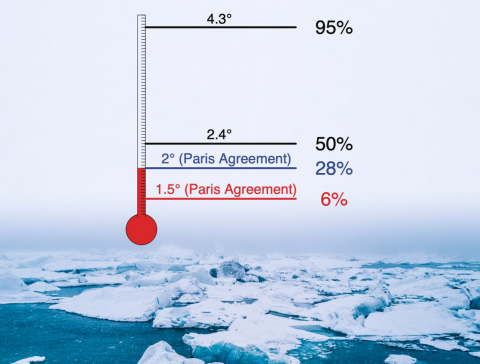
Figure 1: Probabilities of Arctic summer sea ice disappearing when crossing certain global Probabilities of Arctic summer sea ice disappearing when crossing certain global levels. Figure credits: Elke Zeller and Roman Olson.
The researchers applied a new statistical method that they developed to climate model projections of the 21st century. Using 31 different climate models, which exhibit considerable inter-dependence, the authors find that there is at least a 6% probability that summer sea ice in the Arctic Ocean will disappear at 1.5 °C warming above pre-industrial levels –a lower limit recommended by the Paris Agreement of the United Nations Framework Convention on Climate Change (Figure 1).
For a 2°C warming, the probability for losing the ice rises to at least 28%. Most likely we will see an ice-free summer Arctic Ocean for the first time at 2 to 2.5°C warming.
To read more about the statistical method they used, and how they developed it, read our news story: https://acems.org.au/news/paris-agreement-does-not-rule-out-ice-free-arctic
- Link to paper: https://www.nature.com/articles/s41467-019-10561-x


